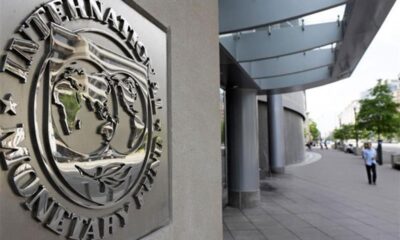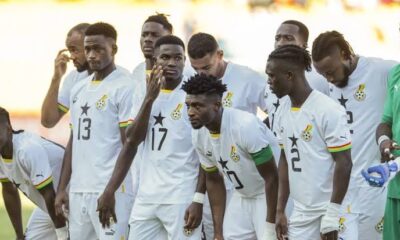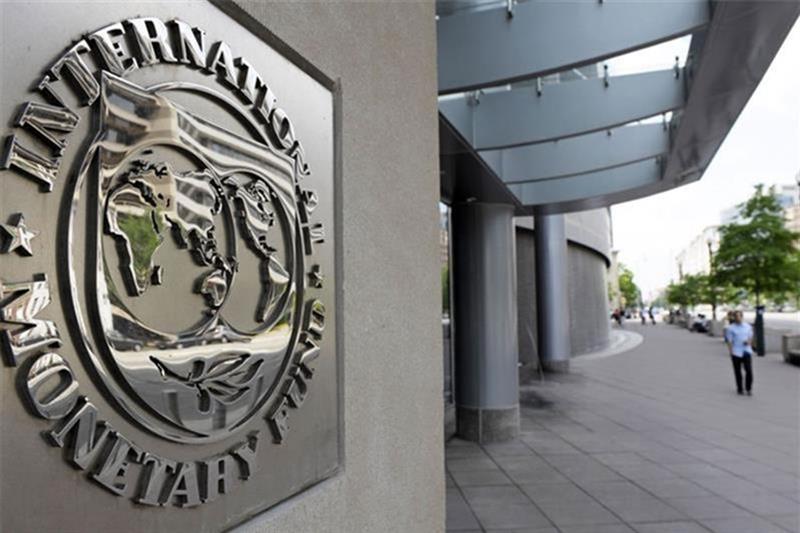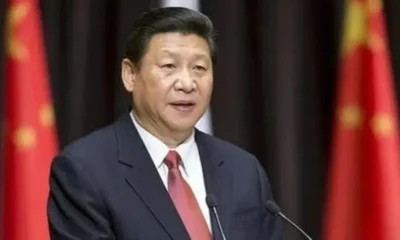A staff-level agreement over the initial review of a $3 billion loan programme has been reached between the Ghanaian government and the International Monetary Fund (IMF).
The agreement paves the way for a disbursement of $600 million once it is approved by the IMF’s executive board. The multilateral body says Ghana and its official creditors now quickly need to agree on a debt restructuring plan to get board approval and receive the money.
According to a government presentation to investors, at the end of 2022, its debts to nations like China and members of the Paris Club of creditor nations totalled $5.4 billion of the $20 billion foreign debt that needed to be adjusted. Around $30 billion worth of external debt was present overall.
As it struggled with its greatest economic crisis in a generation brought on by spiralling public debt, the West African nation requested the IMF’s financial assistance last year.
The three-year extended credit facility is subject to the restructuring of internal and external debt, as well as spending reductions and other fiscal adjustments. May saw the disbursement of the loan’s initial $600 million tranche to Ghana.
Despite being a major producer of oil, gold, and cocoa, Ghana has been experiencing the worst economic crisis in a generation, with double-digit inflation and skyrocketing public debt. Ghana was also among the first set of African nations to default on its foreign debt.
While noting on Friday that their growth had been more resilient than original estimates, with lowering inflation, a more stable currency rate, and better fiscal and external positions, the IMF praised Ghana’s road to economic recovery.
According to the report, Ghana is on target to cut its primary fiscal deficit by around 4 percentage points of GDP in 2023, as committed, and spending has stayed within programmed bounds. Meanwhile, recent anti-government protests in Accra, Ghana’s capital city, have been triggered by worries over the nation’s economic woes.


 Metro1 day ago
Metro1 day ago
 Musings From Abroad1 day ago
Musings From Abroad1 day ago
 Metro1 day ago
Metro1 day ago
 Sports1 day ago
Sports1 day ago























